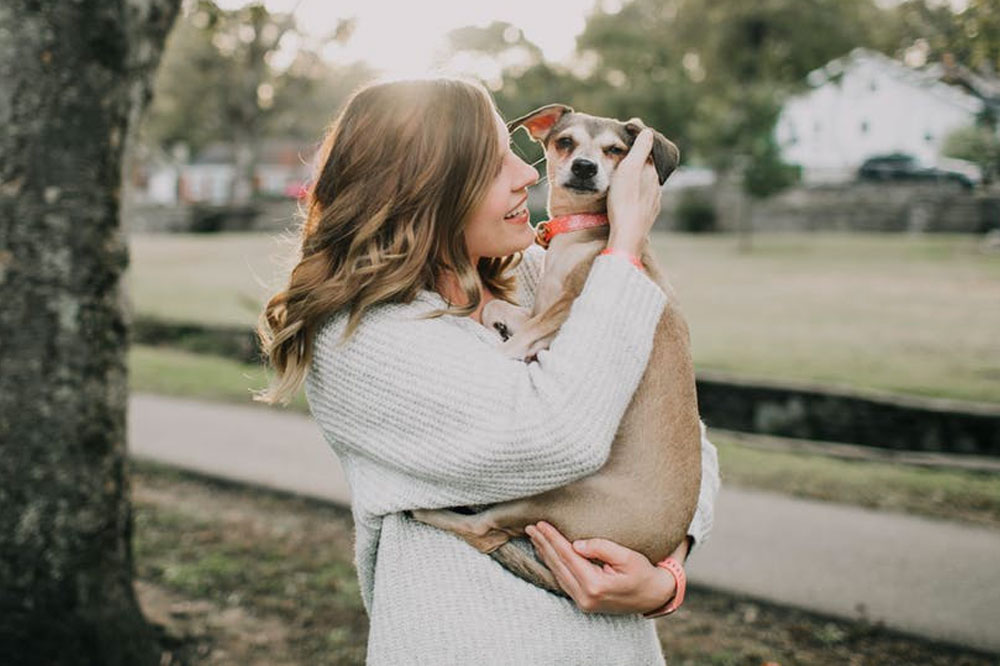The booming pet insurance market and its key features
This year, the country’s pet insurance industry has sized up to a whopping $1.4 billion. The sector has seriously picked up pace in the last five years by growing at a handsome yearly average of 13.5% and expanding its market share quicker than most others.
The latest studies have forecasted an even merrier future for the industry, which is a direct testament to the evolving relationship between humans and animals.

The presence of social media has also played a major part in the complete transformation of the human-pet bond. Posting pictures and videos with pets brings comfort and adoration to not just the owners, but also the onlooking audience who experience innate happiness and joy. “Pet parents” is often the hashtag that follows such content but by no means is it a pseudo term, considering the sincerity of the connection. However, unlike the ambiguity associated with the dawn of this relationship, the pet insurance industry had a distinct beginning in time, which provided it the necessary spark to shine.
How did it begin?
Pet insurances had actually existed long before it became well-known in the US. The very first policy written for a dog was in Sweden in 1924. According to the country’s oldest and largest pet insurance company Agria, around 90% of dogs in Sweden were insured as of late last year, with 60% of horses and 50% of cats also safe under policies.
It took close to six decades for the US to catch up, as California-based Veterinary Pet Insurance opened its doors in 1981. A year later, Lassie, the famous Rough Collie of the yesteryear, appeared in movies, novels, and TV shows and became the first dog to receive pet insurance in the country. Her verve and popularity had a ripple effect, with more and more pets now insured by all sorts of policies.
By 2005, almost 500,000 pets in the country had been insured. Two years later, the North American Pet Health Insurance Association (NAPHIA) was set up to establish guidelines, act as a regulatory body and ensure professional standards were met in the industry.
What are its features?
Pet insurance is just like the traditional one, where owners (policyholders) pay a specific premium every month. And that adds up to a substantial amount over time to help mitigate the financial cost of major pet needs. Although the premium increases as the pet ages, insurances are worth every penny considering the rising costs of treatments.
If the dog or cat has cancer, for instance, the radiation therapy costs between $5,000 and $10,000. Surgeries and tumor removals are no less, setting the owner back by anywhere between $3,000 and $6,000. So, a pet healthcare plan is ideal and should be bought when the pet is still very much young. Most plans cover accidents and illnesses but exclude a few conditions, like
- Behavioral issues
- Grooming
- Preexisting or hereditary conditions
- Dental disease
- Routine check-ups and preventive care
The pet insurance structure, meanwhile, depends on parameters like species, breed, age and location. In almost all policies, owners have to pay first, with the insurer reimbursing a percentage of the total bill, which depends on the composition of the plan.
Who are the best providers?
The exponential growth of the pet insurance industry has attracted a lot of new players and provided a further stimulus to a host of established names. Here are the best of the lot,
- Pets Best
Founded by Dr. Jack Stephens, who launched the pet insurance industry back in 1981, Pets Best is one of the very few companies that don’t differentiate between younger and elder pets. There’s no upper age limit, allowing pets of all ages the necessary care and treatment. Their main plan is called the Best Benefit Accident and Illness Plan, which has coverage for all sorts of emergencies like accidents, long-term issues, cancer, and chronic conditions. Physical rehabilitation and routine care are also part of most plans, with the latter being an add-on. Plans for dogs start at $9 per month and can go up as high as $58. Besides this increased flexibility in policies, Pets Best has really good customer service. - Trupanion
Many insurance companies don’t cover hereditary or congenital conditions due to the potential cost of treatment. Hip dysplasia, for instance, is a hereditary condition found in a large breed of dogs and requires really expensive treatment. Trupanion is a well-known brand in this regard, covering even hereditary or congenital conditions among many others. The company offers just one simple plan that is enough to ensure all necessary care to your pet. A reimbursement of 90% is provided by Trupanion, with direct payment to vets an added advantage. Like Pets Best, there is no upper lifetime coverage limit, but there is a waiting period for coverage. - Healthy Paws
One of the highest-rated companies, healthy paws delivers immense overall value no matter the policy. It offers plans for dogs and cats that include illnesses and accidents, cancer care, chronic conditions, emergency and specialty care, x-rays, and blood tests. Alternative treatment options are also covered by Healthy Paws. There’s no lifetime limits and caps on payouts either. Claims, meanwhile, can be made simply by uploading a picture of the vet bill on the mobile app. - Figo
The many benefits of Figo’s plans include 100% reimbursement, low pricing, fully customizable plans, and customer service options. Pet owners can structure the plan according to their needs and is applicable to any licensed veterinarian. Given its cloud-based approach, Figo allows owners to obtain documents, renew policies and make payments on its Pet Cloud. Essential, Preferred, and Ultimate are the three plans available at Figo.


